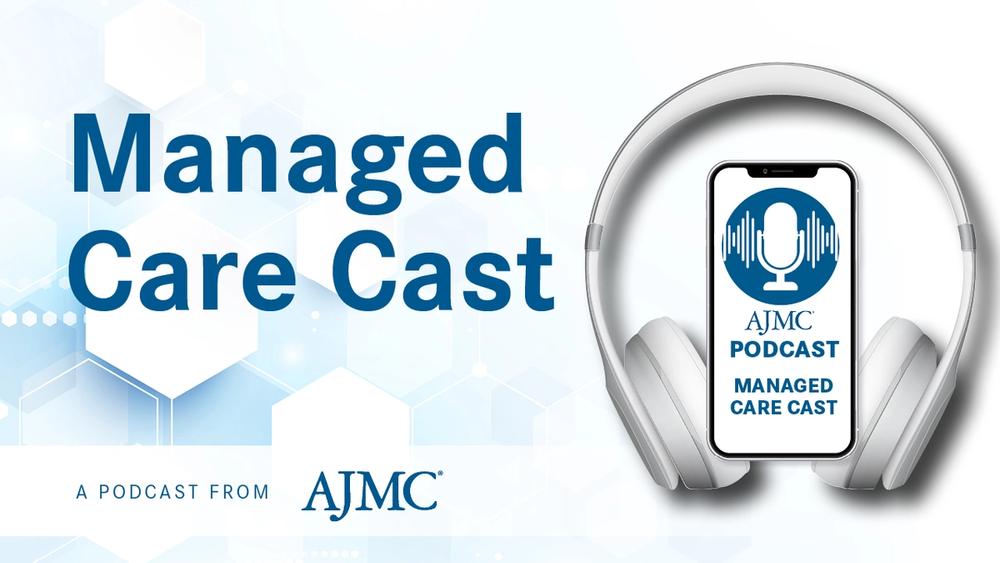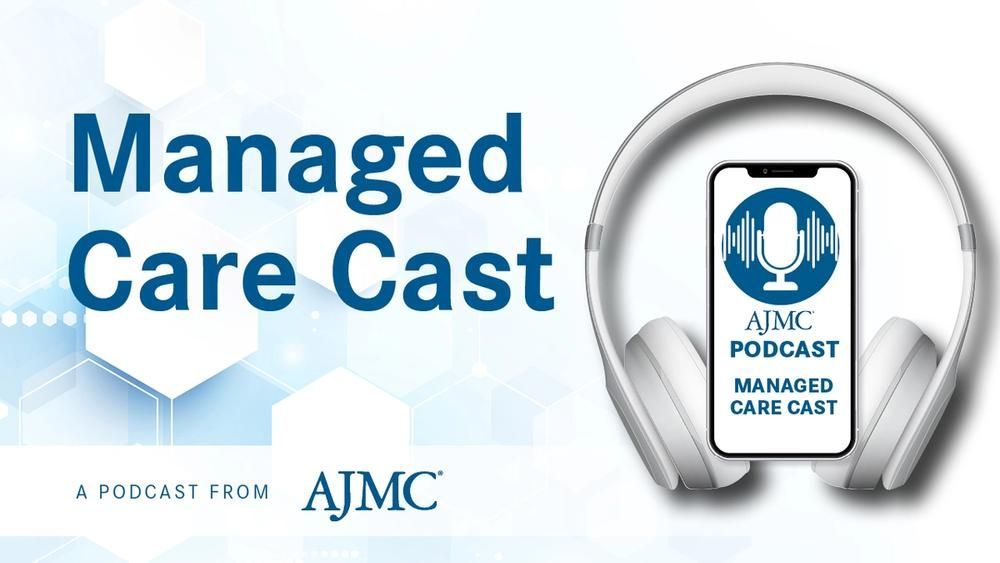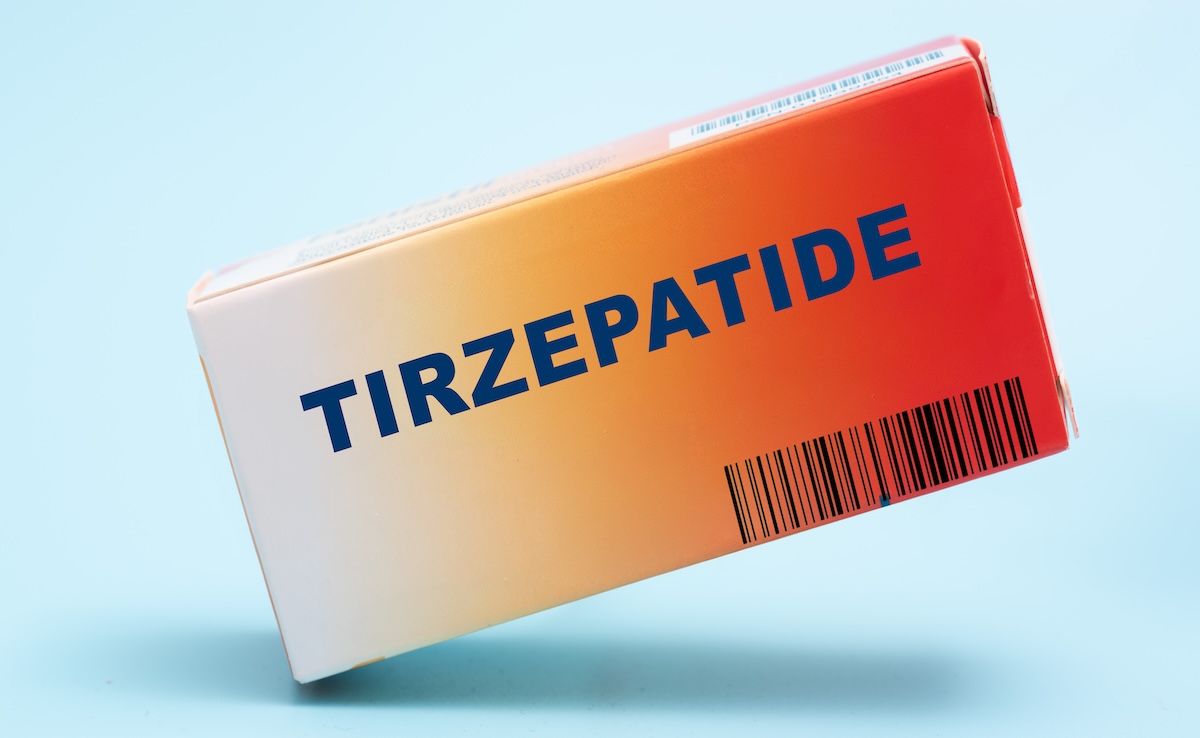News
Article
SGLT2 Inhibitors Show Renal Benefits in HF and CKD as Prescribers Target Uptake Gaps
Author(s):
Key Takeaways
- SGLT2 inhibitors offer significant benefits in CKD and HF, yet remain underutilized in primary care settings.
- An interprofessional initiative developed a prescription algorithm to enhance SGLT2 inhibitor use in diabetic kidney disease.
Abstracts featured at the National Kidney Foundation Spring Clinical Meeting highlighted the renoprotective benefits of SGLT2 inhibitors in heart failure and diabetic kidney disease while emphasizing the need for strategies to increase their uptake in primary care.
Pairing evidence with clinical practice at the National Kidney Foundation Spring Clinical Meeting.
Image credit: online_evso - adobe.stock.com

The clinical efficacy of sodium-glucose cotransporter-2 (SGLT2) inhibitors and the need for strategies to close the gap between research and practice were emphasized in a clinical meta-analysis and an interprofessional prescribing intervention presented at the National Kidney Foundation Spring Clinical Meeting.1,2
SGLT2 inhibitors have emerged as a transformative class of medications with broad benefits across cardiometabolic and renal disease states. Originally developed for glycemic control in type 2 diabetes, these agents have since demonstrated potential in improving outcomes in both chronic kidney disease (CKD) and heart failure (HF), conditions frequently complicated by renal dysfunction.
Diabetic kidney disease remains the leading cause of kidney failure in the United States, while renal impairment in HF is associated with increased health care utilization and worse prognosis. Despite robust evidence supporting the use of SGLT2 inhibitors such as empagliflozin (Jardiance; Boehringer Ingelheim, Eli Lilly), prescribing remains suboptimal, particularly in primary care settings.
Boosting SGLT2 Utilization in CKD
A new interprofessional initiative has taken aim at one of the most pressing issues in chronic kidney care: underutilization of SGLT2 inhibitors among patients with diabetic kidney disease.1 Diabetic kidney disease accounts for approximately half of all dialysis initiations in the US, highlighting the urgent need for early and effective treatment strategies.
SGLT2 inhibitors have shown strong benefits in reducing proteinuria and slowing CKD progression through mechanisms such as lowering intraglomerular pressure and renin activity. Despite robust clinical evidence supporting their cardiorenal benefits, SGLT2 inhibitors remain underprescribed in primary care settings.
To address this gap, a collaborative effort between primary care, nephrology, and pharmacy professionals developed a novel prescription algorithm and decision tree to guide clinicians in initiating SGLT2 inhibitors. The tool was made widely accessible through the pharmacy website and supported by twice-monthly educational sessions led by a nephrology nurse practitioner and pharmacist.
Empagliflozin Lowers Renal Risk in HF
A new meta-analysis investigated the renal benefits of the SGLT2 inhibitor empagliflozin in patients with HF.2 This cardiovascular condition remains a critical global health challenge, often complicated by renal dysfunction, which is known to increase health care utilization, lengthen hospital stays, and elevate the risk of adverse outcomes. While SGLT2 inhibitors such as empagliflozin have demonstrated strong cardiovascular benefits, this study specifically evaluated their impact on renal outcomes in the HF population.
Researchers conducted a comprehensive literature search across PubMed, Embase, Cochrane, and ClinicalTrials.gov up to September 2024, identifying 4 randomized controlled trials encompassing a total of 10,340 participants. Among these, 5171 received empagliflozin, and 5169 were given a placebo, with males comprising 55.9% of the population. Using standard meta-analytic methods and random effects modeling, the analysis assessed changes in estimated glomerular filtration rate (eGFR) as well as the incidence of acute kidney injury, renal failure, and urinary tract infections (UTIs).
The results showed that empagliflozin was associated with a statistically significant reduction in the risk of acute kidney injury (risk ratio [RR] 0.70; 95% CI, 0.56-0.87; P = .002) and renal failure (RR 0.37; 95% CI, 0.37-0.86; P = .007), both with no observed interstudy heterogeneity (I²=0%). Although there was a trend toward increased eGFR in the empagliflozin group, the effect was not statistically significant (standard mean difference [SMD] 5.90; 95% CI, –0.03 to 11.83; P = .05). Additionally, while the risk of UTIs appeared slightly higher in the empagliflozin group (RR 1.35; 95% CI, 0.89-2.04), this too was not statistically significant (P = .15).
Pairing Evidence With Clinical Practice
These studies underscore the dual imperative of generating and translating evidence into practice.1,2 The meta-analysis demonstrated that empagliflozin significantly reduces the risk of acute kidney injury and renal failure in patients with HF, reinforcing the drug’s renoprotective effects in high-risk populations.
The interprofessional quality improvement project exhibits that educational outreach and the development of a prescribing algorithm can support primary care providers in adopting evidence-based treatments for patients with diabetic kidney disease. Moving forward, such combined efforts—clinical validation paired with implementation strategies—are critical to realizing the full potential of SGLT2 inhibitors and improving long-term outcomes for patients with cardiorenal comorbidities.
References
1. Molas R, Ceballos G, Bradley M, Hill L, Saha S. Improving primary care providers' prescribing prevalence of SGLT-2 inhibitors in the management of diabetic chronic kidney disease. Presented at: National Kidney Foundation Spring Clinical Meeting (SCM25). April 9-13, 2025. Boston, MA. Session G-517.
2. Nabeel Saddique M, Muneeb Khawar M, Lefranc W, Eric R, FatimaElzhra AAB, Kamran A, et al. Renal outcomes of empagliflozin in patients with heart failure: a systematic review and meta-analysis. Presented at: National Kidney Foundation Spring Clinical Meeting (SCM25). April 9-13, 2025. Boston, MA. Session G-299.





